The term “mummy” often brings to mind images of ancient Egypt and its pharaohs–or for some of us, the hit movie The Mummy. Yet, mummies are not confined to Hollywood renditions or ancient Egypt as these intriguing facts about mummies are bound to illustrate shortly.
Detailed scientific studies on mummies have been taking place since the early twentieth century, but their existence has been well known since antiquity. Mummies have been found in many parts of the world but the Egyptians’ expertise on mummification was unparalleled. See, in ancient Egypt they mummified their dead because according to their religion the physical body would rejoin the soul in the afterlife, so it had to be preserved as best as possible. That’s why when a body was mummified, it was wrapped in layers of linen strips and placed in a coffin before being put in a tomb. Thanks to this unique process, modern science has learned a lot about the life, nutrition, diseases, and deaths of ancient Egyptians from studying their mummies. As will you. These are 25 Intriguing Facts About Mummies That Might Leave You A Bit Surprised.
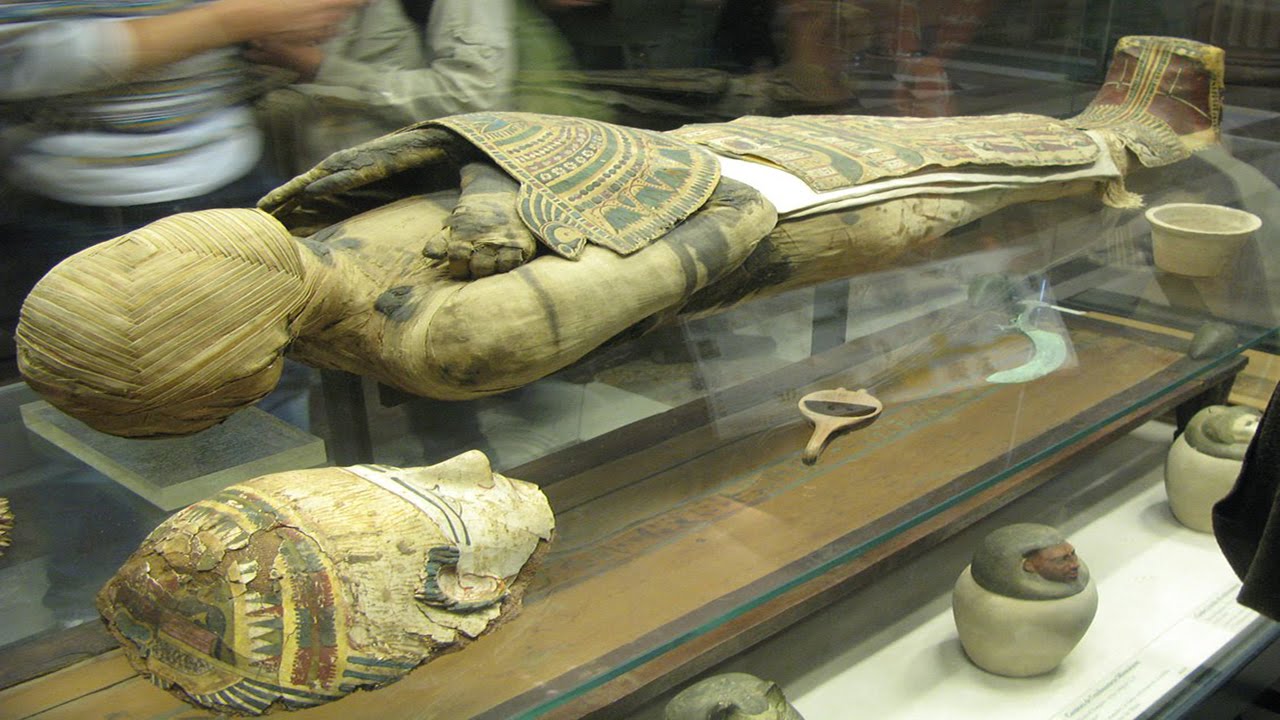
A mummy is the body of a human or animal that has been ceremonially preserved by removal of the internal organs, treated with natron (sodium carbonate decahydrate) and resin, and wrapped in bandages.
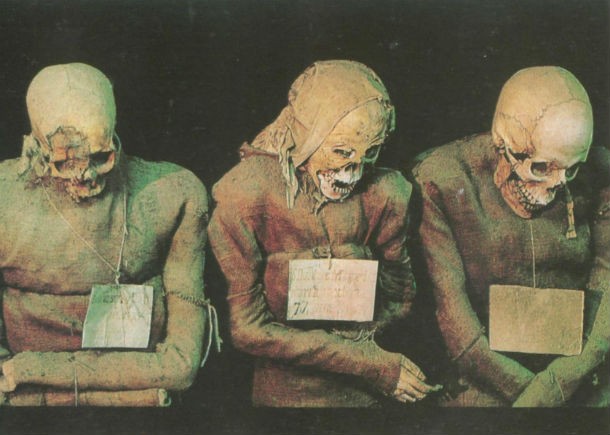 Source: egyptabout.com, Image: Wikipedia
Source: egyptabout.com, Image: Wikipedia The English “mummy” is derived from the Medieval Latin “mumia,” a borrowing from the medieval Arabic “mūmiya” and from the Persian “mūm” (wax), which meant an embalmed corpse, as well as the bituminous embalming substance, and also meant “bitumen.”
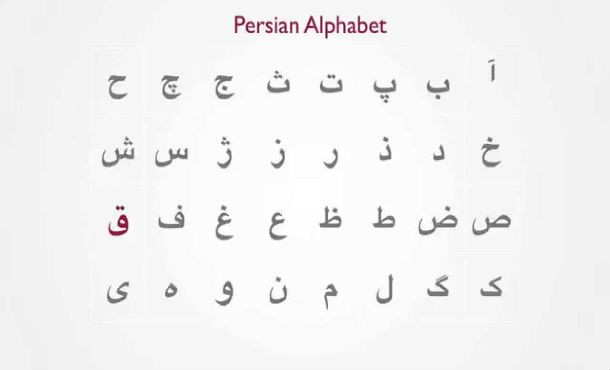 Source: egyptabout.com, Image: YouTube
Source: egyptabout.com, Image: YouTube Some animal mummies discovered by archaeologists include jackals, cats, baboons, horses, birds, gerbils, fish, snakes, crocodiles, hippos, and even a lion.
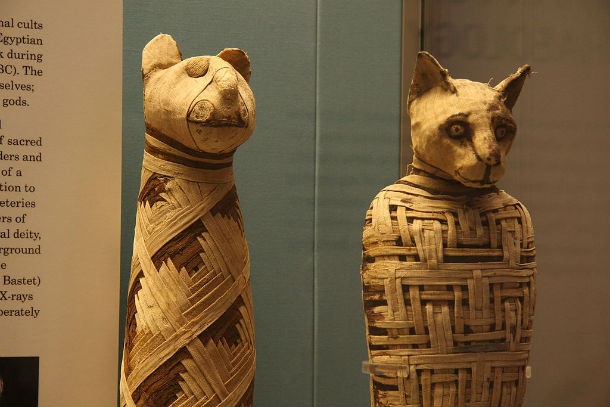 Source: egyptabout.com, Image: commons.wikimedia.org
Source: egyptabout.com, Image: commons.wikimedia.org In case you’ve ever wondered why so many mummies of jackals have been found, keep in mind that the god of mummification was Anubis, an Egyptian god with the head of a jackal.
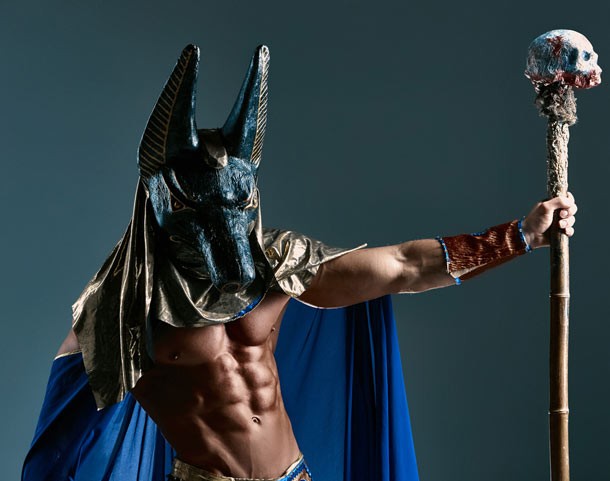 Source: egyptabout.com
Source: egyptabout.com Ancient Egyptians started making mummies around 3400 BCE, but it took them nearly eight hundred years to figure out that if they took out the internal organs, the mummies would last instead of rot. Over time mummification became a very complicated and lengthy process that lasted up to seventy days.
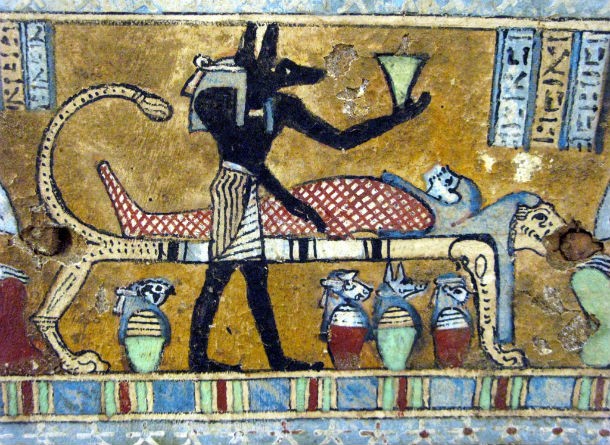 Source: egyptabout.com, Image: Wikipedia
Source: egyptabout.com, Image: Wikipedia The first person to write in great detail about the process of mummification was the Greek historian Herodotus, after he visited Egypt around 450 BCE.
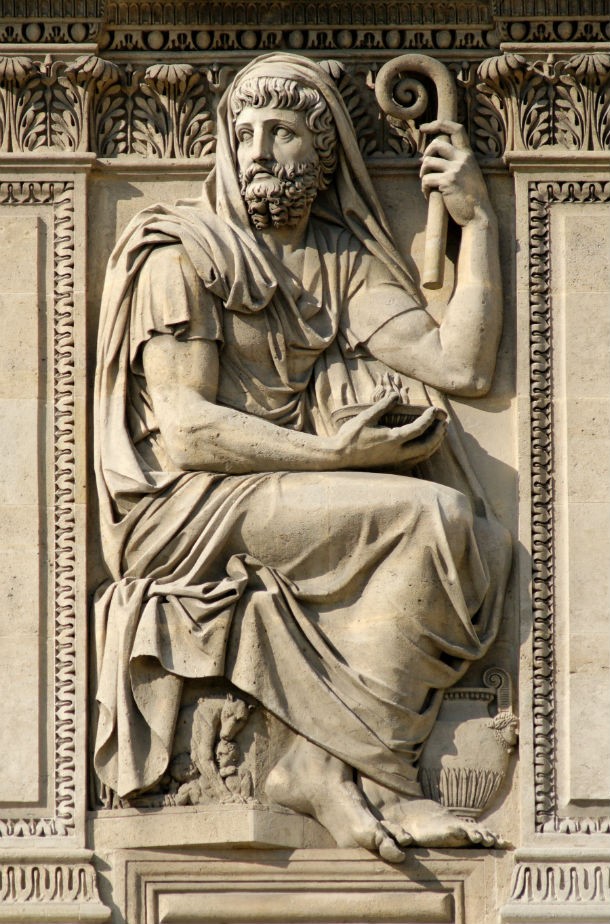 Source: egyptabout.com, Image: Wikipedia
Source: egyptabout.com, Image: Wikipedia Despite mummies being linked with Egypt (almost exclusively), a South American tribe named Chinchorro was the first to make mummies. According to recent archaeological evidence, the oldest Chinchorro mummies date back about seven thousand years, twice as old as the first Egyptian ones.
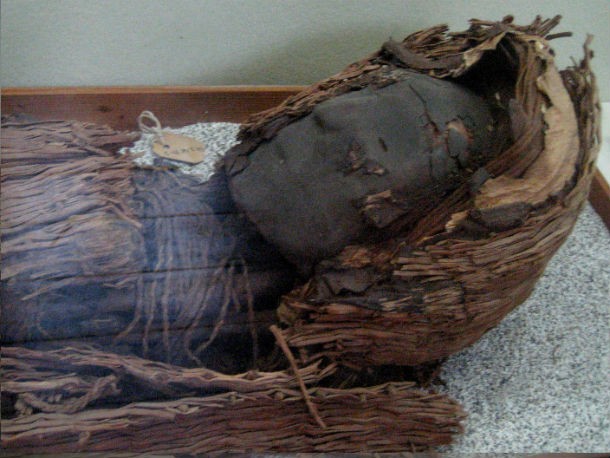 Source: egyptabout.com, Image: Wikipedia
Source: egyptabout.com, Image: Wikipedia The first modern scientific examinations of mummies began in 1901, conducted by professors at the English-language Government School of Medicine in Cairo. The first X-ray of a mummy occurred in 1903, when professors Grafton Elliot Smith and Howard Carter used the only X-ray machine in Cairo at the time to examine the mummified body of Thutmose IV.
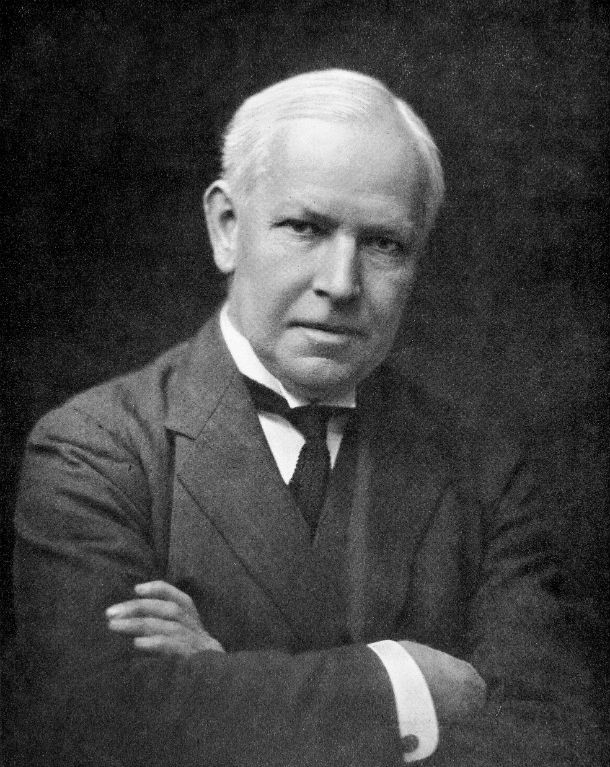 Source: egyptabout.com, Image: Wikipedia
Source: egyptabout.com, Image: Wikipedia Not all mummies were wrapped up in the same position. For example, the vast majority of royal males were positioned with their arms crossed over their chest, the position we most often see when it comes to films and popular media.
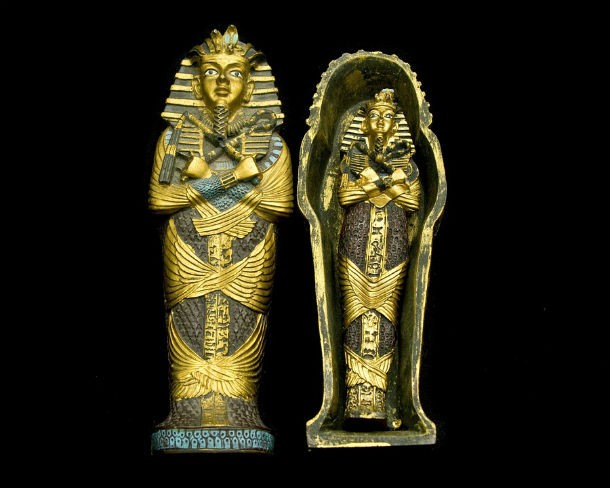 Source: egyptabout.com, Image: pixabay.com
Source: egyptabout.com, Image: pixabay.com According to Egyptian mythology, the god Osiris was the very first mummy in history but of course, his remains were never found.
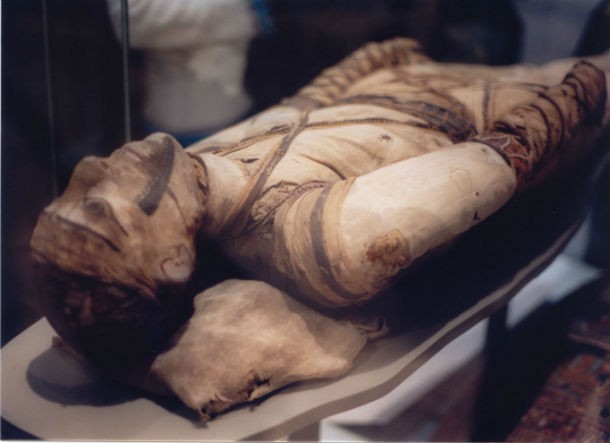 Source: egyptabout.com, Image: Wikipedia
Source: egyptabout.com, Image: Wikipedia That’s why after the mummy was all wrapped up in linen and shrouded, a special cloth with a painted image of Osiris was placed over it. The Egyptian god of the underworld would be kind and hospitable to the dead.
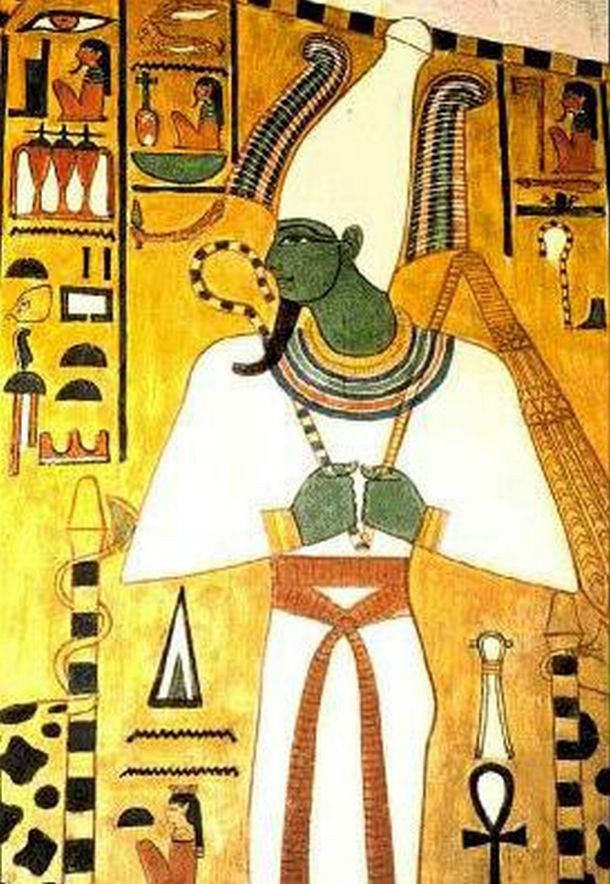 Source: egyptabout.com, Image: Wikipedia
Source: egyptabout.com, Image: Wikipedia Since mummies are usually associated with ancient Egypt, you might also enjoy these facts about ancient Egypt.
Many people falsely believe that only pharaohs were mummified but in reality anyone could be mummified, as long as they could afford it.
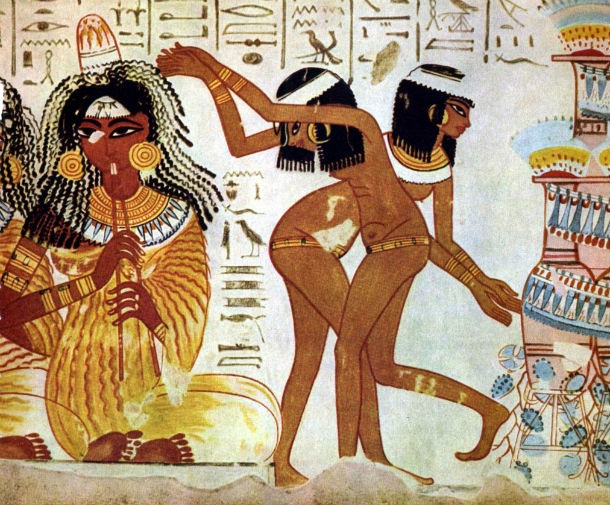 Source: egyptabout.com, Image: Wikipedia
Source: egyptabout.com, Image: Wikipedia Ancient Egyptians believed that anything buried in the tomb with a mummy would help the deceased to succeed in the afterlife. Therefore, anything precious to them could also be found there. This included art, artifacts, treasures, and jewelry.
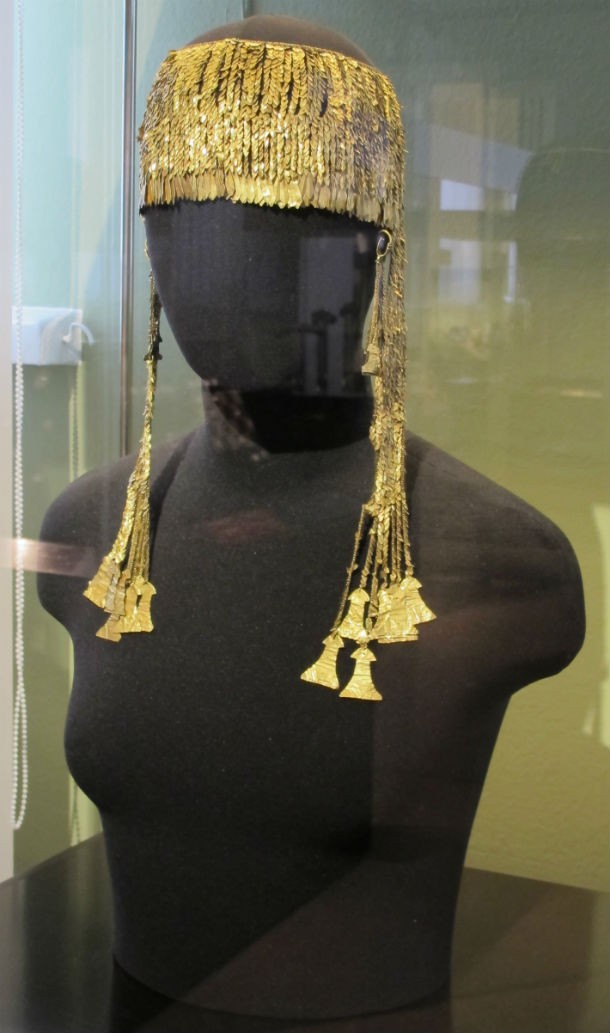 Source: egyptabout.com, Image: Wikipedia
Source: egyptabout.com, Image: Wikipedia To provide protection from thieves, ancient Egyptian myth warned that the tombs and their contents had curses laid on them that would be cast on anyone who entered. Some archaeologists who discovered some of these tombs have been said to be struck by very bad luck and some have even died under unusual circumstances. However, these curses didn’t stop several thieves from invading tombs and stealing a lot of precious jewelry and other expensive items that “accompanied” mummies into the afterlife.
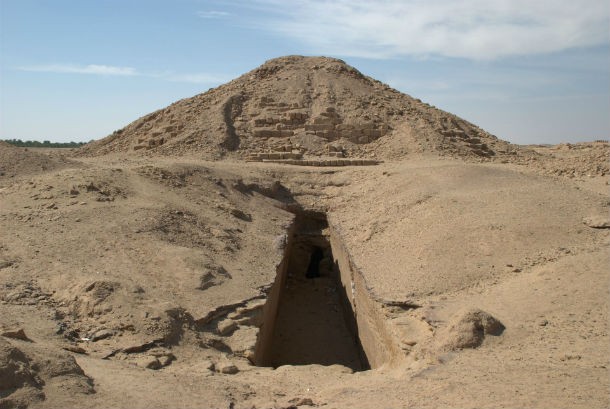 Source: egyptabout.com, Image: commons.wikimedia.org
Source: egyptabout.com, Image: commons.wikimedia.org Also in the Victorian age, unwrapping mummies was a popular party event. The party host would buy a mummy, and guests would get to unwrap it. A very strange way to party, don’t you think?
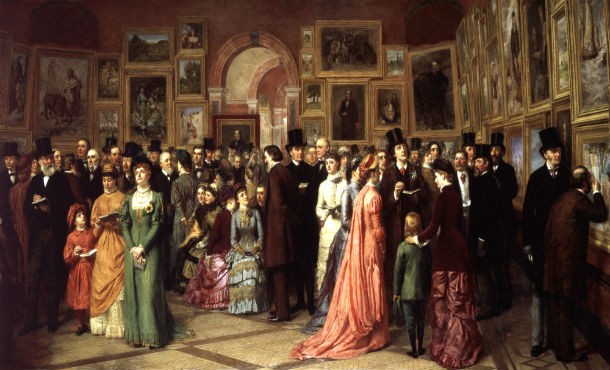 Source: egyptabout.com, Image: commons.wikimedia.org
Source: egyptabout.com, Image: commons.wikimedia.org In Victorian times, mummies were considered a common ingredient for many medicines and most doctors reassured their patients of their amazing healing qualities. Ermm, no comment.
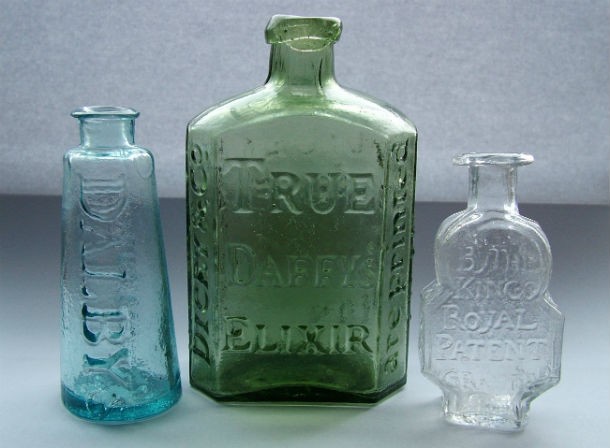 Source: egyptabout.com, Image: Wikipedia
Source: egyptabout.com, Image: Wikipedia Ramses III had a fear of reptiles and for this reason his mummy was found wearing an amulet that would supposedly protect him from snakes in the afterlife.
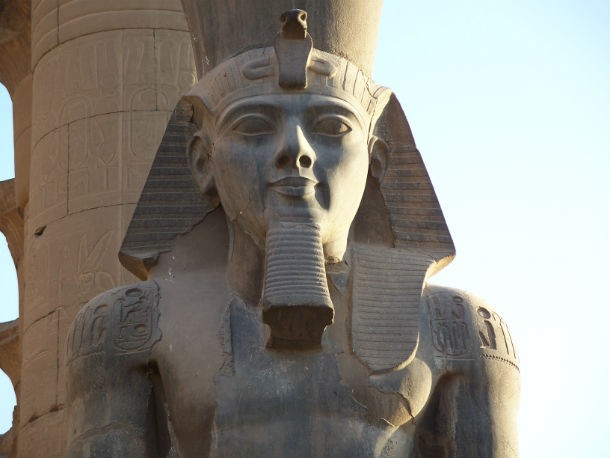 Source: egyptabout.com, Image: Wikipedia
Source: egyptabout.com, Image: Wikipedia The only organ the ancient Egyptians left inside the mummy was the heart because they considered it to be the center of intelligence and emotion, qualities that the dead would need in the afterlife as well.
 Source: egyptabout.com, Image: Wikipedia
Source: egyptabout.com, Image: Wikipedia Mummy-making was a very profitable business in ancient Egypt and employed many workers from embalmers and surgeons to priests and scribes.
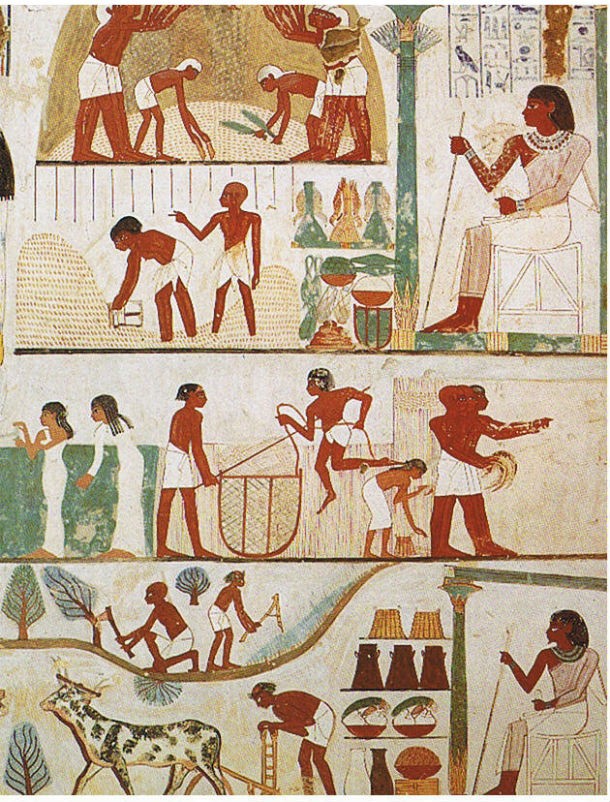 Source: egyptabout.com, Image: Wikipedia
Source: egyptabout.com, Image: Wikipedia Without all its wrappings, an average mummy weighs only about five pounds.
 Source: egyptabout.com, Image: Wikipedia
Source: egyptabout.com, Image: Wikipedia Most pharaohs’ mummies wore a golden face mask inscribed with magic spells. Tutankhamen’s mask was made of solid gold. If it was for sale today it would cost about $13 million.
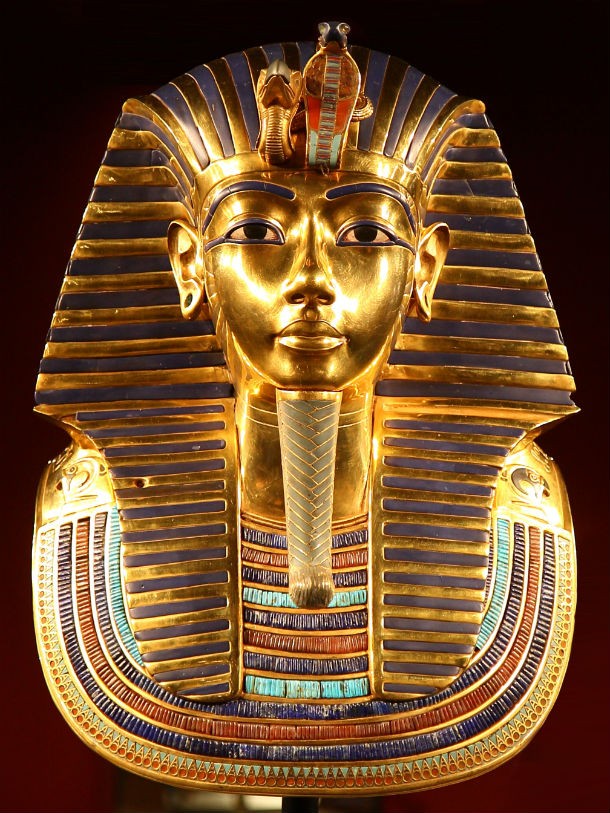 Source: egyptabout.com, Image: Wikipedia
Source: egyptabout.com, Image: Wikipedia Sometimes a mummy’s mouth would be opened to symbolize the act of breathing in the afterlife. It is probably this custom that led to the superstition that mummies come back to life.
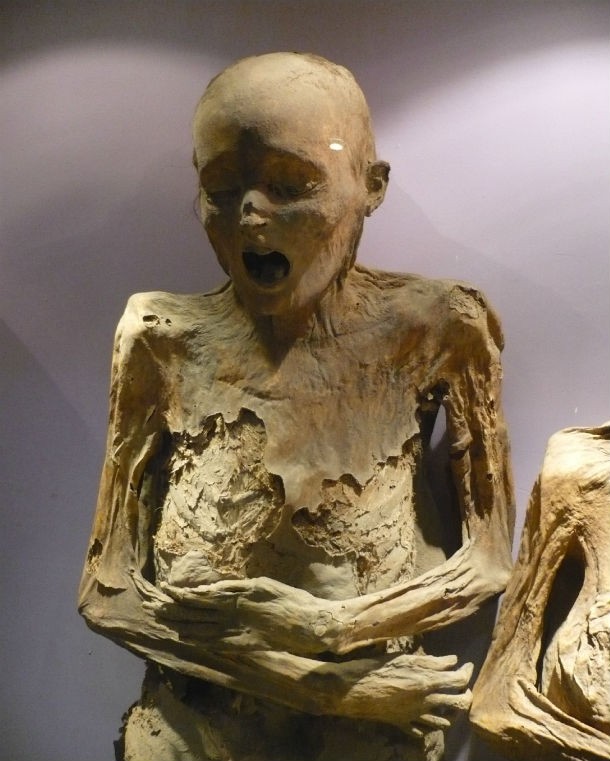 Source: egyptabout.com, Image: Wikipedia
Source: egyptabout.com, Image: Wikipedia In recent years mummies have been used to calibrate CAT scan machines for use in hospitals, at levels of radiation that would be too dangerous and even fatal to a living person.
 Source: egyptabout.com, Image: Wikipedia
Source: egyptabout.com, Image: Wikipedia King Charles II believed mummy dust contained the secret to greatness. He’d have a few mummies standing by and collect the dust that fell off them. Then he’d rub the dust on his skin.
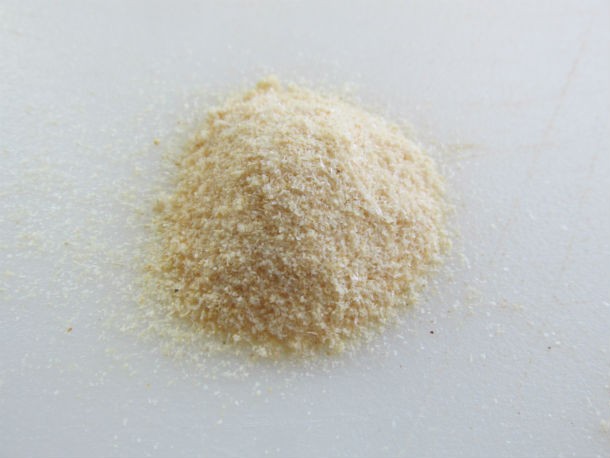 Source: egyptabout.com, Image: Wikipedia
Source: egyptabout.com, Image: Wikipedia Modern sleeping bags were styled to be wide at the shoulders and narrow at the feet, which makes the person lying inside look like a mummy. This isn’t just a coincidence since their design was inspired by how mummies were wrapped for preservation in their tombs.
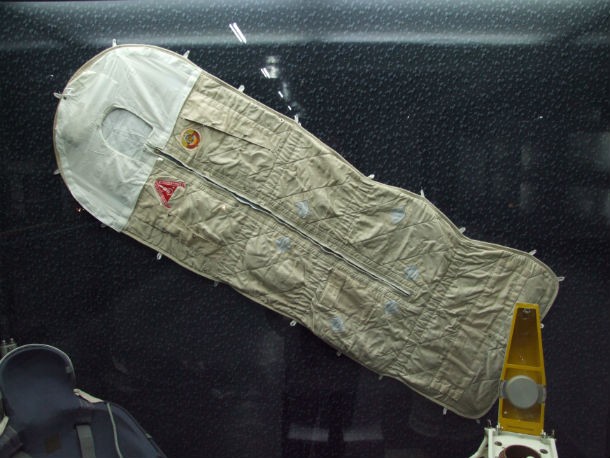 Source: egyptabout.com, Image: Wikipedia
Source: egyptabout.com, Image: Wikipedia 


























